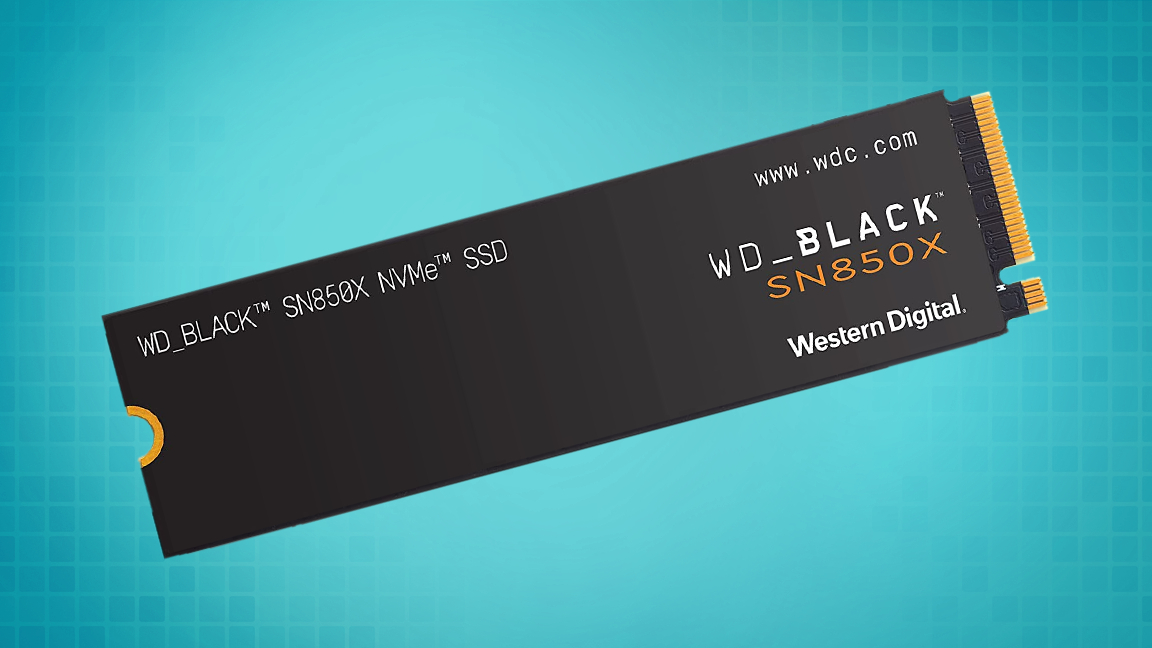
According to reports from the Western Digital community forum since October 8, it seems that a significant portion of Western Digital NVMe SSD users are suffering from looping Blue Screens of Death as of the Windows 11 24H2 update, thanks to a misconfigured NVMe Host Memory Buffer.
The models most commonly impacted seem to be WD Blue SN580 and WD Black SN770, which rely on HMB. Host Memory Buffer for NVMe storage drives allows the drives in question to use system RAM as additional cache, usually about 64MB— but 24H2 has been seen allocating as much as 200MB, which seems to cause the instability.
Fortunately, Western Digital NVMe SSD users aren't totally out of luck. A quick Registry edit (Safe Mode advised) to limit HMB allocation to the intended 64MB or turning it off outright has been reported to fix the problem. And, of course, since HMB and related settings are purely for NVMe rather than SATA SSDs, users of Western Digital SATA SSDs have nothing to be concerned about here.
How To Fix NVMe SSD Crashing in Windows 11 24H2
- Open Start Menu, type Regedit to enter the Registry Editor.
- Find "HKEY_LOCAL_MACHINE\SYSTEM\CurrentControlSet\Control\StorPort key"
- Create "HmbAllocationPolicy" subkey unless it's already there.
- Set DWORD to 0 or 2— 0 disables HMB entirely, while 2 sets it to the default 64MB value.
Of course, disabling HMB entirely will have a greater performance deficit than just lowering the allocation to 64MB, but one of the two steps is highly recommended if you're a Western Digital NVMe drive user experiencing this issue since it seems to be the only solution.
Besides a registry edit, users have also had luck reverting the Windows 11 24H2 update entirely to fix this problem. While a quick regedit is probably the cleanest way to solve the problem, reverting to Windows 11 is also an option if you have other issues with the Windows 11 24H2 update, mainly if you apply the fix and find yourself having significantly reduced performance compared to the previous updates.
Finally, it's worth noting that this issue might not be exclusive to Western Digital NVMe drives since HMB is hardly a WD-exclusive feature. This misconfiguration seems to have been done within Windows 11 itself, not by Western Digital. Thus far, reports we've found have all been for Western Digital drives, but if you encounter BSODs with Windows 11 24H2 and use an NVMe drive, applying the fixes suggested above may be the best move.







